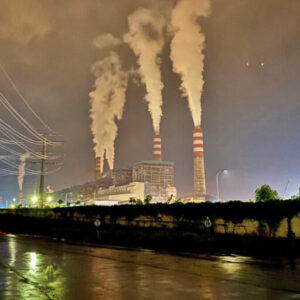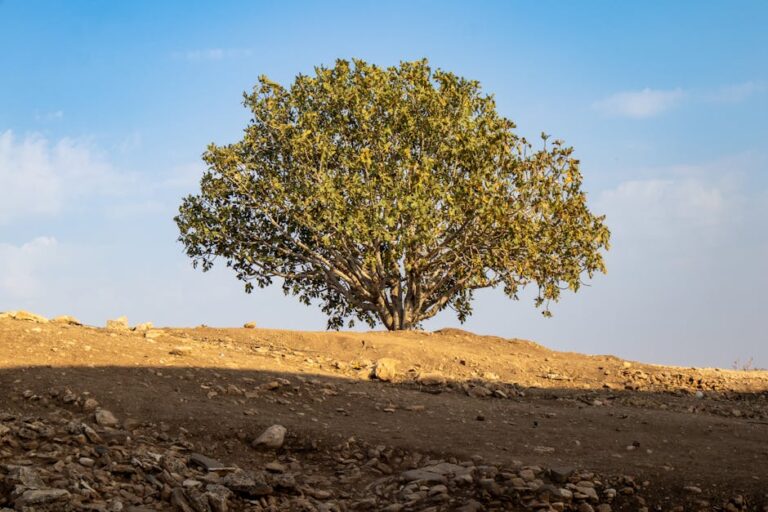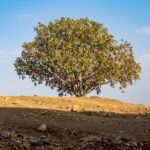Indonesia pushes controversial carbon credits at cop30 despite expert concerns over environmental impact

At the COP30 climate summit in Brazil, Indonesia is making an aggressive pitch to become a global leader in carbon trading, despite mounting criticism from environmental experts who question whether these credits deliver real climate benefits. The country has transformed its pavilion in Belém into a carbon marketplace, hosting daily “Sellers Meet Buyers” sessions where Indonesian companies court international investors.
Environment Minister Hanif Faisol Nurofiq made Indonesia’s commercial intentions clear, instructing his delegation to prioritize Article 6 negotiations—the Paris Agreement provision that allows countries to trade carbon credits internationally. “We are serious in pushing for the implementation of Article 6,” he told officials, urging them to secure high-value commitments from foreign buyers. The strategy appears to be working: Indonesia and Norway recently signed a preliminary agreement that could allow Norway to purchase credits from Indonesia’s renewable energy projects, with proceeds funding floating solar installations.
Indonesia claims it can generate an staggering 13.4 billion metric tons of carbon dioxide equivalent in potential credits, which would position it as one of the world’s largest carbon credit suppliers. However, critics warn that the country’s carbon market suffers from weak regulations, questionable oversight, and dubious environmental benefits—essentially trading “hot air” rather than meaningful emissions reductions.
This controversy highlights a broader tension at COP30, where governments are desperately seeking ways to mobilize trillions in climate finance while grappling with concerns that carbon trading may undermine rather than advance genuine climate action. As Indonesia pushes forward with its carbon market ambitions, the debate over whether these mechanisms help or hinder global climate goals continues to intensify.
This article was written by the EnviroLink Editors as a summary of an article from: Mongabay







